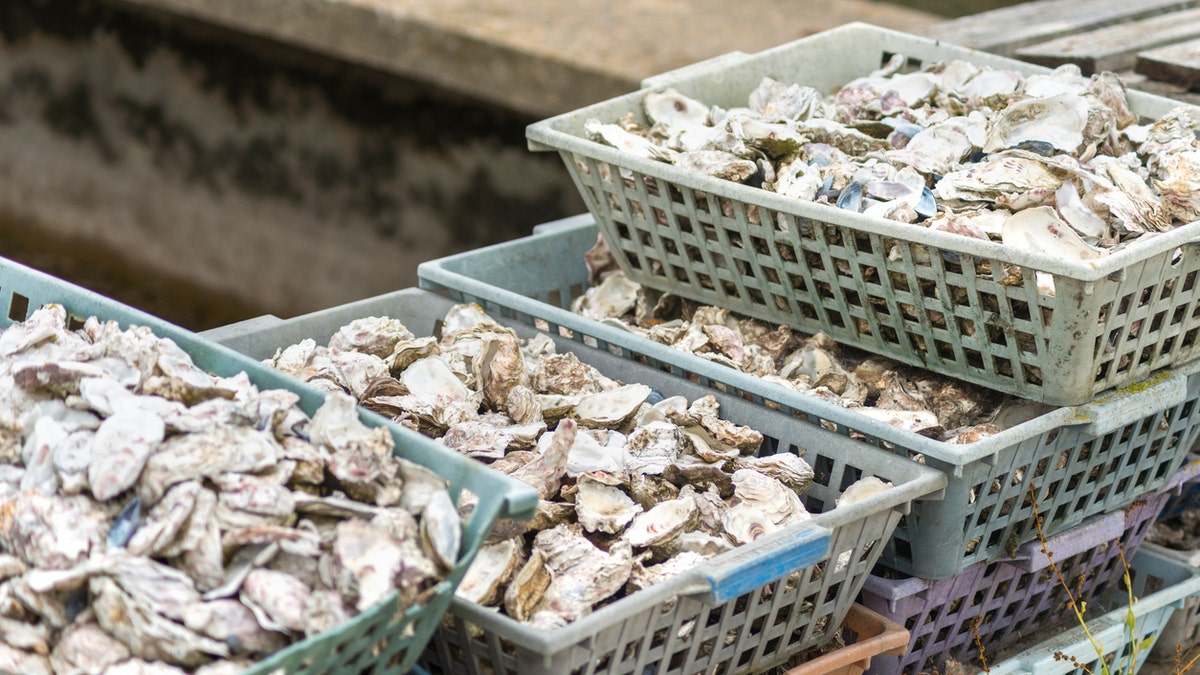
(iStock)
Oysters were a way of life in Alabama, where my grandmother grew up on the shores of Mobile Bay. They have underpinned the local economy and provided jobs for fishermen and processors. Alabama celebrates the humble mollusk through its arts and culture, its food festivals and its local cuisine. The state is historically the country’s largest oyster processor.
This year, the state government canceled Alabama’s oyster season after determining that there were too few left to permit any harvest by fishermen. For those whose livelihoods depend on oysters, it was a crushing blow. Sadly, communities in other states across the Gulf of Mexico are facing similar fates – throughout much of the region, wild oysters are in steep decline. Between 50 and 85 percent of the Gulf of Mexico’s original oyster reefs are gone.
Those impacts have been felt in Florida’s Apalachicola Bay, which has long been an oyster powerhouse and just 10 years ago still produced 90 percent of Florida’s oysters, according to landing data by the Florida Fish & Wildlife Conservation Commission.
CLICK HERE TO GET THE FOX NEWS APP
For decades, hundreds of oystermen supported their families by tonging for oysters on the bay’s productive reefs. That changed after 2011, when drought coupled with a significant withdrawal of freshwater upstream altered the mix of fresh and saltwater in the bay needed for oysters to thrive. The oyster population declined.
Fishermen, desperate to make a living, continued to harvest the weakened stocks, and the oyster population collapsed. Jobs on the water became more difficult to find and the overall health of the bay has taken a hit – meaning fewer fish, shrimp and crabs.
Oyster declines affect both local economies and ecosystems. The reefs created by massive groups of oysters once extended for miles in the Gulf’s estuaries. They played a critical role in the ecosystem – filtering bay waters, providing habitat for other marine life, and serving as natural breakwaters to reduce coastal erosion. And, of course, they provided a seemingly inexhaustible supply of oysters for the table.
[T]here is now a once-in-a-lifetime opportunity to reverse this decline. Funding from the Deepwater Horizon settlement offers a unique opportunity to rebuild oyster stocks as part of a larger effort to restore the Gulf of Mexico.
Oyster declines can be traced to a number of factors, ranging from too little or too much freshwater, too much oyster shell removed from reefs leaving no hard surfaces on which young oysters can set and grow, and damage from upstream development and major storms in the form of sediment deposits. The Deepwater Horizon oil spill and other pollution have also impacted oyster health, as have changes in water temperature and ocean chemistry. All of these factors have harmed oysters and increased harvest pressure on public grounds that are already struggling to recover.
But there is now a once-in-a-lifetime opportunity to reverse this decline. Funding from the Deepwater Horizon settlement offers a unique opportunity to rebuild oyster stocks as part of a larger effort to restore the Gulf of Mexico. Because oysters were severely damaged by the spill, a large amount of money has been set aside for their restoration.
The Nature Conservancy, the non-profit organization for which I work, published a report this fall that included recommendations about how to restore oysters across the Gulf, including by using those funds. The report determines that restoration efforts should focus on re-establishing and maintaining oyster reefs for their ecological and harvest values. Supporting the local economies that depend on oysters and strengthening our ecosystems are goals that can work together and reinforce each other.
For that to happen, governments should work place-by-place across the Gulf region to bring together scientists and stakeholders to listen to each other, to set clear oyster restoration goals for each bay, to create plans for achieving those goals, and to resolve to carry out those plans over time. There is sufficient Deepwater Horizon funding available to implement a wide range of tangible, in-the-water recommendations that come out of this cooperative process.
So many people who live and work along the shores of the Gulf of Mexico depend upon the quality and character of the Gulf ecosystem. Restoring the Gulf’s oysters is just one piece of the larger effort to reverse long-term environmental damage. But it is an important piece – one in which success is possible.
If we can return healthy oysters to their rightful place in the Gulf of Mexico, it will be a significant step toward better realizing the essential connection between the welfare of people and the health of nature.
